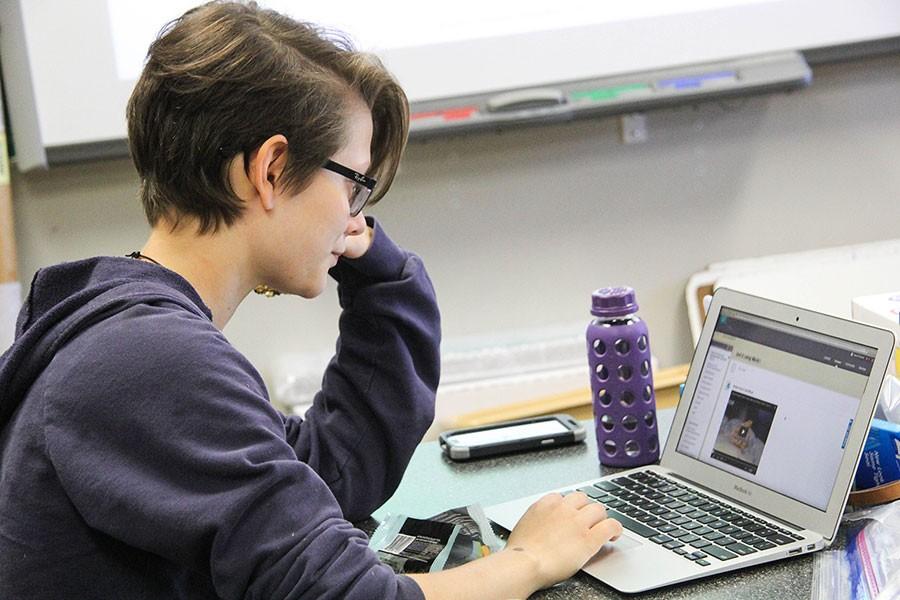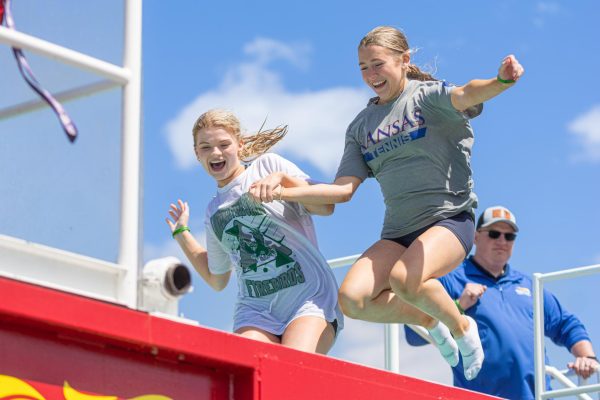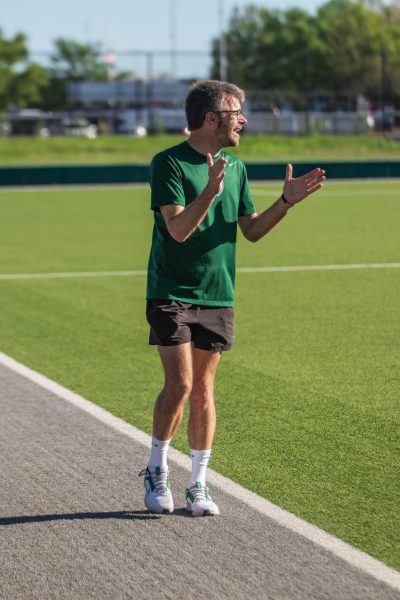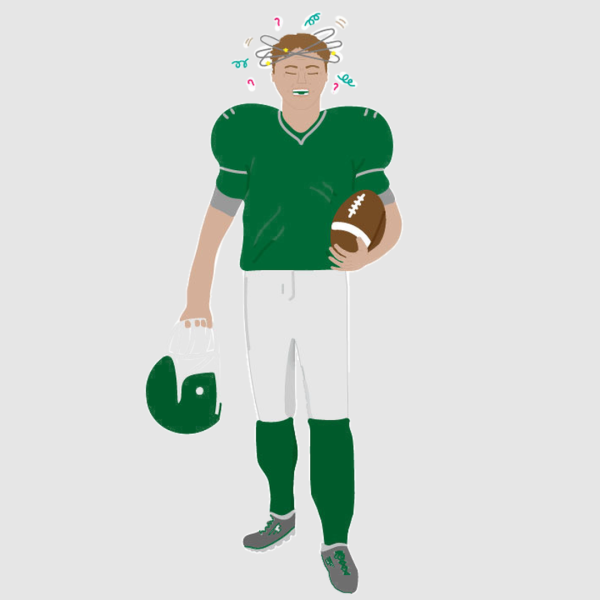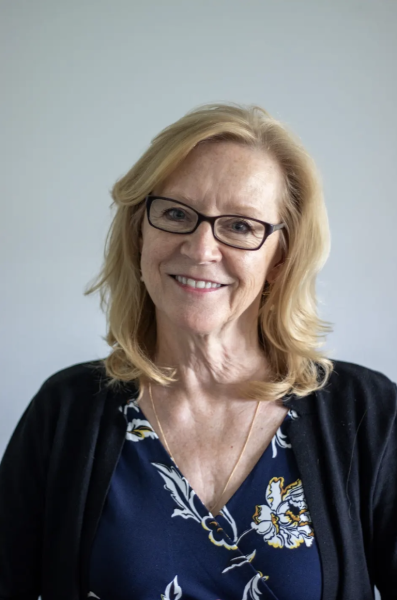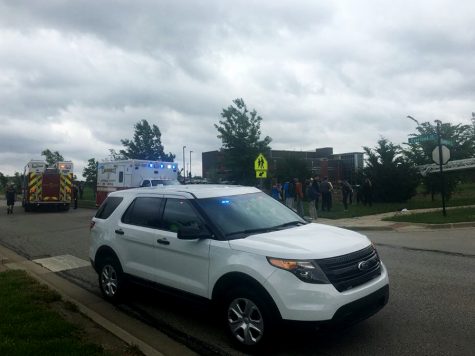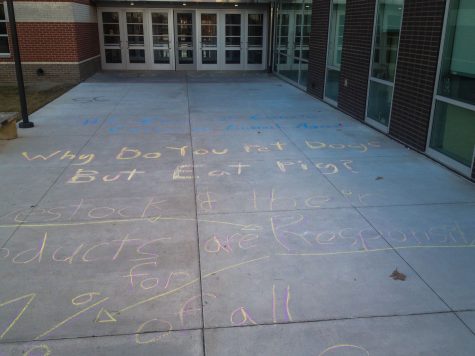Students and teachers share their thoughts on blended learning
Senior Hope O’Connor uses Blackboard while in AP Environmental Science. Websites like Blackboard are often used in blended learning classes.
As teenagers being raised and taught during the Information Age, it only makes sense for students to have technology in the classroom. That’s the direction many schools are starting to take, including our own.
Recently, the school district and administration has pushed for blended classrooms–a method that adds technology to the classroom. So far every core department–math, science, English and social studies–has had at least one blended class and the district hopes to continue to spread it.
Senior Olivia Boldridge, who took a blended Advanced Chemistry course, characterized blended learning as moving parts of the classroom onto the internet.
“[Teachers] used Blackboard. They used that to post our assignments and post links for resources to help us with our assignments,” Boldridge said.
Boldridge, who considers herself an independent learner, remembers her time in the class fondly.
“I could access my work online really easily and I could access the online book,” Boldridge said. “Having more resources available to me more readily was really beneficial because I didn’t have to try to find reliable resources.”
Junior Tre Byers, who has taken three blended classes, likes the more individualized learning.
“People can really move at their own pace and that’s nice,” Byers said.
Although Boldridge likes the method her teachers used to blend their classrooms, senior Erica Arensberg feels like teachers aren’t doing enough.
“A lot of the teachers, they don’t do exactly what a blended learning class is supposed to be,” Arensberg said. “They kind of touch it but they don’t go to the extent that I think they should.”
Arensberg prefers regular classrooms to blended classrooms, but she’s not completely against blended learning.
“[I would maybe take] an english or social studies class,” Arensberg said. “But I probably would never take a math or science class that was blended.”
Chemistry teacher Jordan Rose began blending her Advanced Chemistry classroom at the start of the 2015-2016 school year.
“It’s been good so far. … the first day they got on Blackboard [with] no issues,” Rose said. “Things have been going really smoothly.”
So far, Rose has really enjoyed the added element to her classroom because it still allows her to teach, while offering more resources for her students.
“I still teach every day,” Rose said. “I’m still doing the same thing every day, just having more resources for the kids to use to get their learning. It’s more personalized learning for all the kids.
She also enjoys the added flexibility resources like Blackboard provide.
“I can do that as a quick check and a formative assessment as opposed to spending class time that we don’t need to spend, which I think has been a huge help,” Rose said. “It gives [me] a little bit more ability to differentiate between what their learning needs might be.”
Knowing that the school district plans to incorporate blended learning into more classrooms, Rose is optimistic about the future.
“Our district directive is to continue to add more classes every year,” Rose said. ”I think if you can do it in chemistry class you can do it in every class easily.“
Your donation will support the student journalists of Lawrence Free State High School. Your contribution will allow us to purchase equipment and cover our annual website hosting costs.



